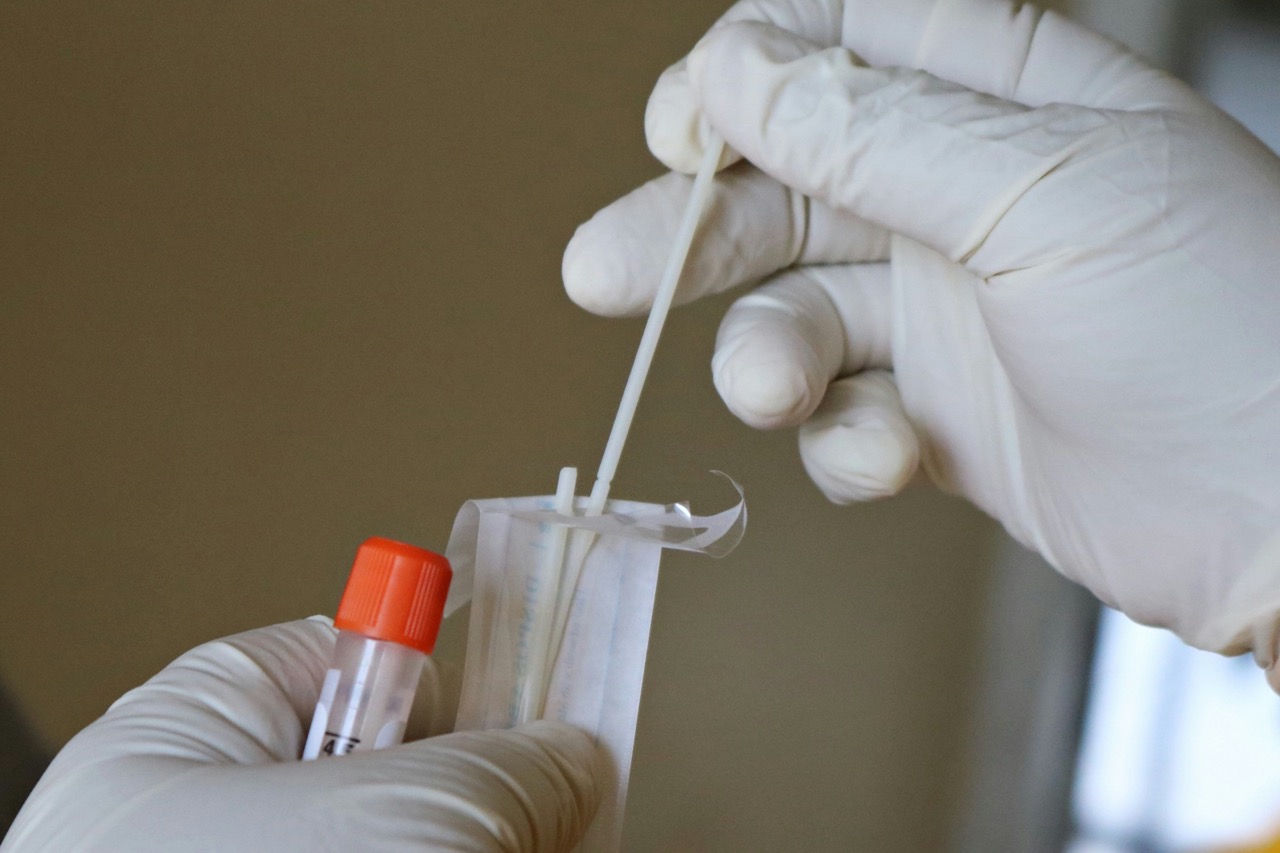Human Papillomavirus (HPV) is one of the most common sexually transmitted infections worldwide. With over 200 different strains, HPV can affect individuals of all genders, though its impact varies significantly between men and women. Understanding these differences is crucial for effective prevention, treatment, and education. This article delves into the multifaceted nature of HPV, examining how it uniquely impacts women’s health, the specific risks it poses to men, and the available prevention and treatment strategies for both genders.
Understanding HPV: A Brief Overview of the Virus
HPV is a group of viruses, some of which are associated with various health issues, including genital warts and several forms of cancer. The virus is primarily transmitted through intimate skin-to-skin contact, making sexual activity the most common mode of transmission. Many individuals infected with HPV do not exhibit symptoms and may unknowingly transmit the virus to others. Due to this asymptomatic nature, HPV is often underdiagnosed and misunderstood.
The virus is categorized into low-risk and high-risk types. Low-risk strains can lead to benign conditions such as genital warts, while high-risk strains are linked to more severe outcomes, including cervical, anal, and oropharyngeal cancers. In fact, HPV is responsible for almost all cases of cervical cancer, making its understanding and prevention essential for women’s health. Public health initiatives have emphasized the importance of HPV vaccination, which can prevent the majority of high-risk HPV infections.
Despite the common misconception that HPV only affects women, men are also at risk of developing health complications from the virus. Awareness of HPV among all genders is vital for effective prevention and treatment strategies. This understanding can foster more open conversations about sexual health, encourage vaccination, and reduce the stigma surrounding HPV.
The Unique Impact of HPV on Women’s Health Issues
Women are particularly vulnerable to the health complications associated with HPV, especially concerning cervical cancer. Human Papillomavirus is the leading cause of cervical cancer, accounting for over 90% of cases. The progression of HPV infections to cervical cancer is often slow, taking years or even decades to manifest. Consequently, regular screening through Pap smears and HPV tests is critical for early detection and intervention, significantly reducing the risk of developing invasive cancer.
In addition to cervical cancer, HPV can also lead to other female-specific health issues such as vulvar and vaginal cancers. These conditions, while less common, can have devastating effects on women’s health and well-being. Moreover, HPV can cause precancerous lesions, which can be detected through regular gynecological examinations. If left unaddressed, these lesions can progress to cancer, highlighting the importance of routine health check-ups.
Aside from physical health concerns, the psychological impact of an HPV diagnosis can be significant for women. Many may experience anxiety, fear of stigma, or concerns about their sexual relationships and fertility. This emotional burden can further complicate their health management and underscores the need for comprehensive support systems targeting both the physical and emotional aspects of HPV-related health issues.
How HPV Affects Men’s Health: Risks and Complications
While HPV is often viewed through the lens of women’s health, it significantly impacts men’s health as well. Men can be carriers of high-risk HPV strains, which can lead to several types of cancers. HPV is linked to anal cancer, oropharyngeal cancer, and other genital cancers in men. The incidence of these cancers has been increasing in recent years, particularly among men who have sex with men (MSM), who are at a higher risk of developing HPV-related health issues.
In addition to cancer risks, HPV can also cause genital warts in men, which are not only physically uncomfortable but also carry social stigmas. Genital warts can affect self-esteem and mental health, leading to anxiety and relationship issues. Unlike women, men do not have routine screening protocols for HPV-related cancers, which further complicates early detection and treatment.
The lack of awareness surrounding HPV’s impact on men’s health contributes to misinformation and stigma. Many men may not realize they are at risk or may feel embarrassed to discuss it with their healthcare providers. This highlights the urgent need for educational initiatives aimed at men, emphasizing the importance of vaccination and encouraging regular check-ups.
Prevention and Treatment: Addressing HPV in Both Genders
Preventing HPV is crucial for both men and women, and vaccination plays a fundamental role. The HPV vaccine is effective in preventing infections from the most common cancer-causing strains of the virus. It is recommended for preteens, but can be administered to individuals up to age 45. Vaccination not only protects the vaccinated individual but also contributes to herd immunity, reducing the overall prevalence of HPV in the community.
Regular screening is essential for women’s health, particularly for early detection of cervical cancer. Pap smears and HPV tests can identify precancerous changes in the cervix, allowing for timely intervention. While there is currently no routine screening for men, education about HPV and its potential consequences is vital. Awareness campaigns can empower men to seek medical advice if they notice any unusual symptoms.
Treatment for HPV-related health issues varies based on the specific condition. While there is no cure for the virus itself, many HPV-related conditions can be treated effectively. Genital warts can be managed through topical medications or procedures, while precancerous lesions in women can often be removed or treated before they develop into cancer. Ongoing research continues to explore better treatments and potential vaccines for men, as well as strategies for increasing awareness and reducing stigma.
Understanding how HPV affects both men and women differently is crucial for developing effective prevention and treatment strategies. By increasing awareness, promoting vaccination, and encouraging regular health check-ups, we can significantly reduce the burden of this virus on public health. Health education and open discussions about HPV are essential steps in fostering a more informed society, ultimately leading to improved health outcomes for all individuals, regardless of gender.










